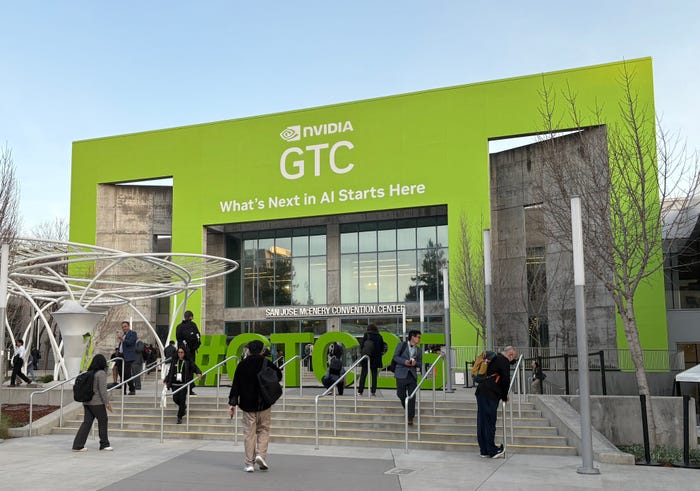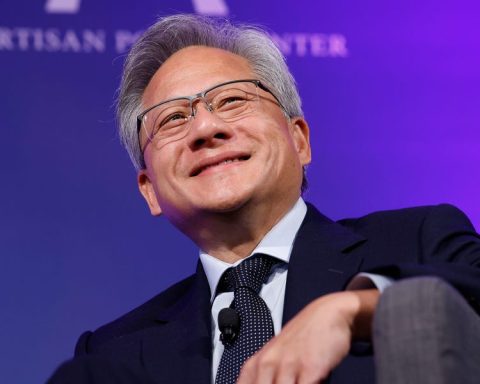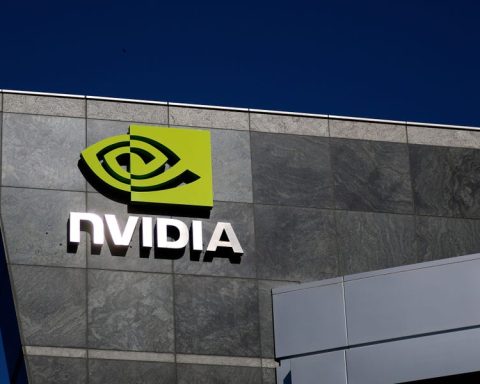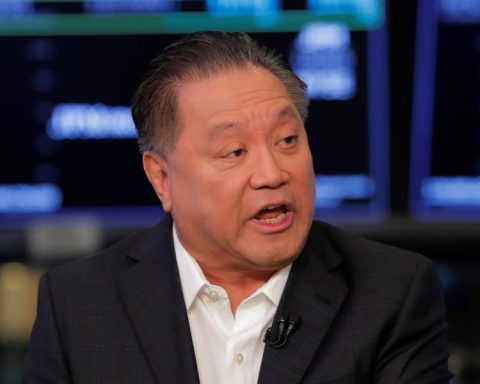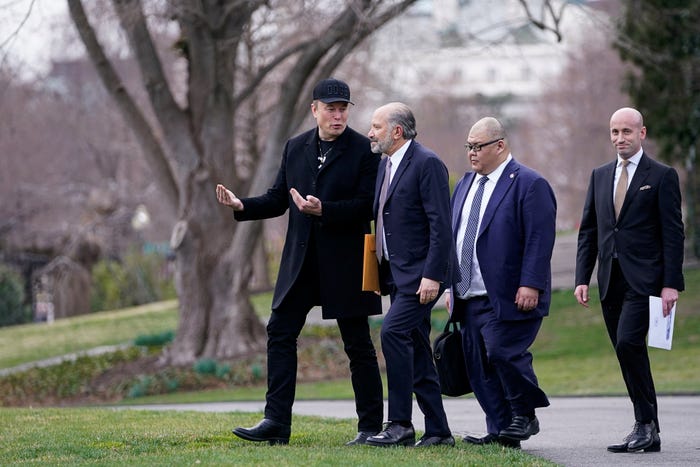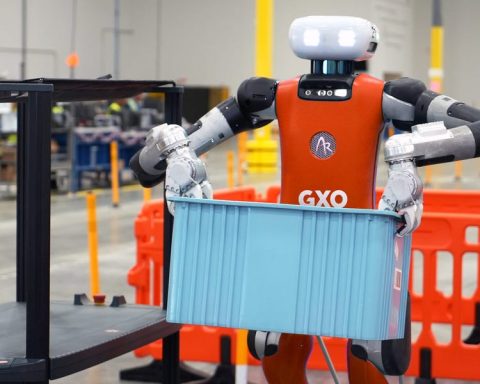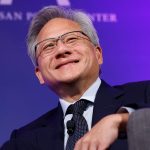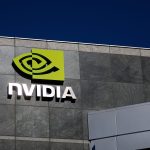Nvidia’s GTC Conference: A Central Hub for AI Innovation
This week, San Jose hosted what many are calling the Super Bowl of technology—the annual GTC conference held by Nvidia. Drawn by the cutting-edge advancements showcased, attendees from all corners of the globe witnessed Nvidia’s transformation over the past decade and a half. While the event has roots tracing back to 2009 and initially focused on semiconductors and accelerated computing, it now spans a broader array of topics, including robotics, autonomous vehicles, and quantum computing.
As CEO Jensen Huang noted in a Thursday press conference, the atmosphere surrounding GTC has undeniably evolved. For those who missed it, here’s a recap of the major highlights from this year’s event.
AI is Now a Major Revenue Driver
Last year’s GTC saw Huang mentioning “revenue” just once; this year, he repeated it ten times. The overarching message was clear: the time has come for the AI sector—beyond just Nvidia—to pursue profitability. In his keynote, Huang discussed the company’s journey from a traditional chip manufacturer to a provider of comprehensive AI infrastructure dubbed “AI factories.” He emphasized that the efficiency of these AI factories would significantly influence revenue streams across various sectors.
“Every industry is here. Every country is here, and every company is here,” Huang stated during the press briefing, underlining Nvidia’s position as a foundational entity for countless business ventures.
Nvidia: The Core of the AI Ecosystem
Nvidia’s technologies are pivotal in driving most of today’s AI advancements. The upcoming chip architectures Huang presented during the keynote generated genuine excitement in the audience, given their robust performance and capabilities.
Cloud service providers and AI developers reported to Business Insider that the expansive improvements in chip performance have left them recalibrating their development strategies and infrastructure needs. As Huang explained, announcing multiple generations of chips at once allows stakeholders to better strategize.
“In earlier days, you would design chips and sell them in computers,” he said. “Now, we develop AI infrastructure deployed in hundreds of billions, which means careful planning is crucial.”
The Acceleration of AI Innovation
The urgency felt throughout the San Jose Convention Center reflected not only the tightly-packed schedules but also the rapidly evolving landscape of AI model innovation. Many attendees discussed how each new model seems to emerge every six months.
Dion Harris, Nvidia’s Senior Director of High-Performance Computing and AI Factory Solutions, noted the importance of collaborating with cutting-edge researchers who are at the forefront of future developments and can leverage the AI factory model.
Robotic Advancements: A Glimpse into the Future
The exhibition floor featured an array of robots and autonomous vehicles, echoing Huang’s assertion regarding their potential to replace human labor shortages and revolutionize the industry.
“Physical AI and robotics are advancing rapidly; everyone needs to pay attention,” Huang warned. He underlined the necessity of computing power to translate AI into real-world actions, betting on AI’s role in shaping new industries. However, many displayed robots still lack fully developed capabilities.
Nvidia introduced a new open-source reasoning model aimed at enhancing robotic adaptability. As Rev Lebaredian, Nvidia’s VP of Omniverse and Simulation stated, “This will make it feasible to build a full-fledged industry.”
Quantum Computing Takes Center Stage
Once perceived as an elusive technology, quantum computing made its presence felt at this year’s GTC. Nvidia hosted its inaugural Quantum Day, showcasing the potential applications of quantum technology in drug discovery, chemical development, and encryption challenges.
Huang acknowledged his prior underestimation of the technology’s timeline and welcomed leaders from various quantum computing enterprises to discuss the future direction of the tech sector. Despite historical challenges in scalability and error correction, GTC revealed substantial forward momentum from major companies like Microsoft, AWS, and Google, alongside emerging firms like D-Wave and IonQ.
“This is just the beginning,” Huang indicated. “Next year, we anticipate showcasing some quantum demonstrations at GTC.”
